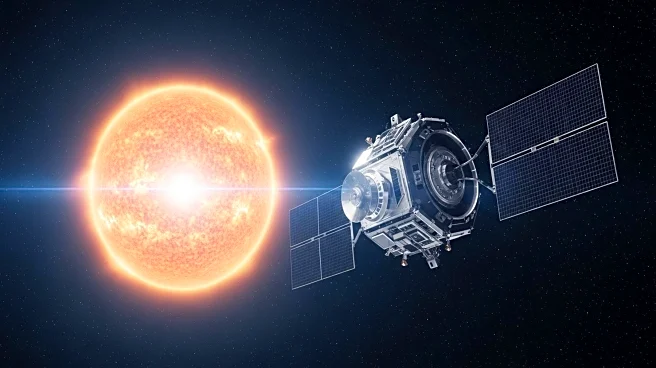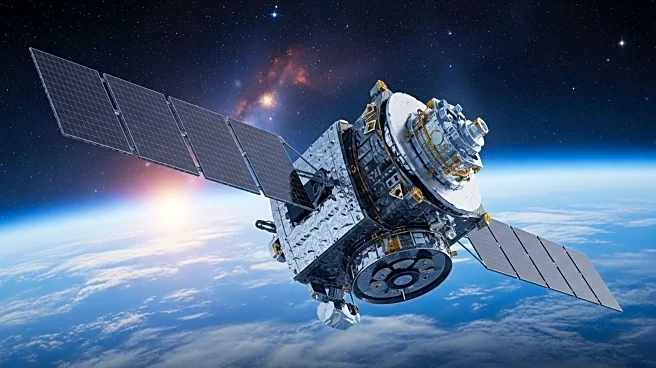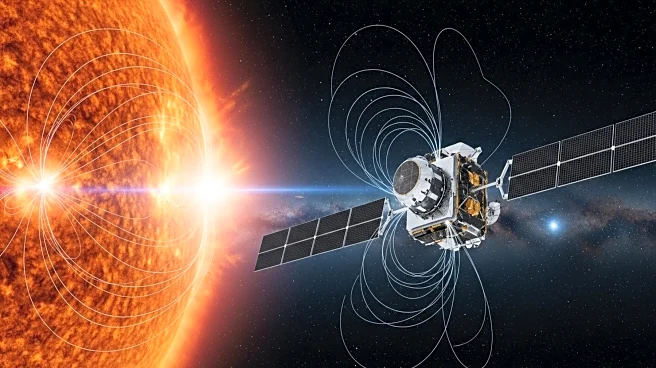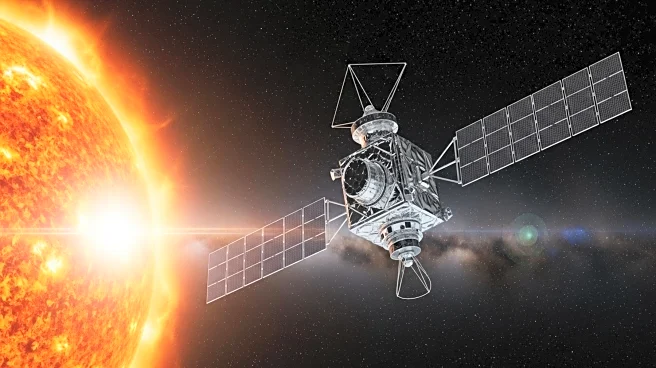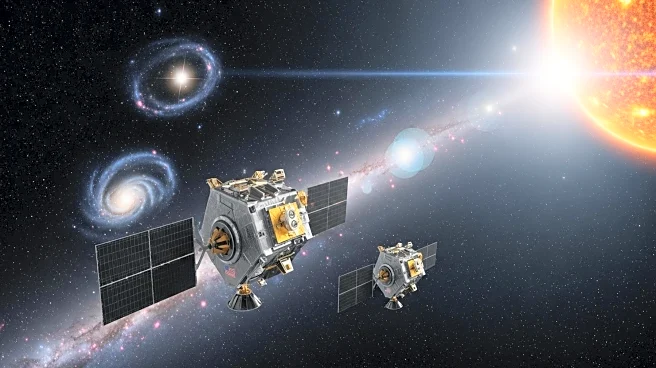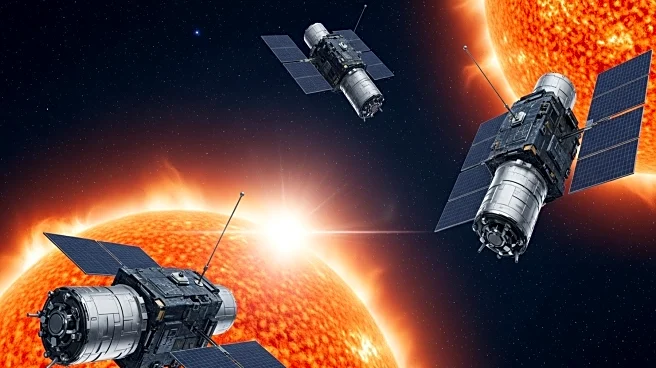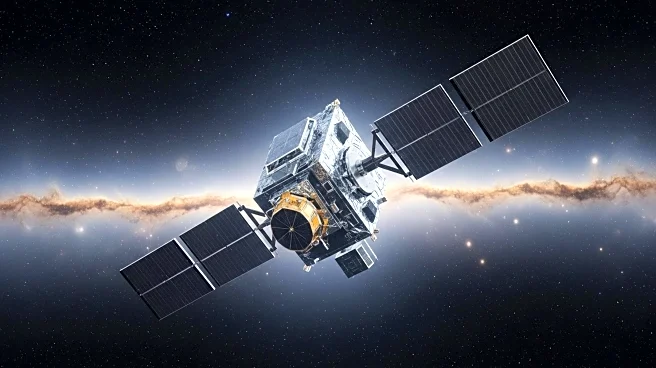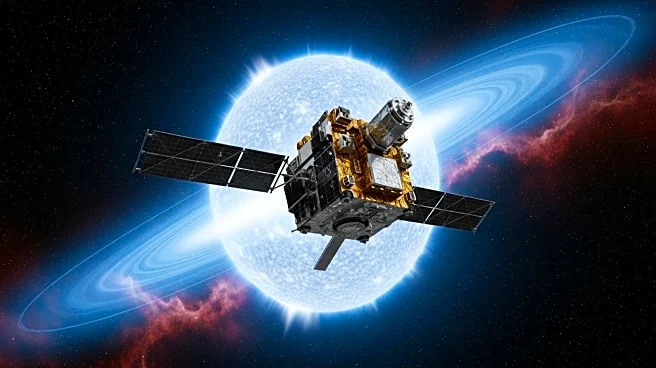What's Happening?
The Interstellar Mapping and Acceleration Probe (IMAP) mission has launched to study the heliosphere, the protective bubble formed by the sun's solar wind. Supported by a network of space agencies and universities, IMAP aims to map the interactions between solar and interstellar particles, enhancing our understanding of cosmic rays and space weather. The mission will operate from Earth's Lagrange 1 point, providing stable observation conditions and improving space weather forecasting.
Why It's Important?
IMAP's mission is crucial for understanding the heliosphere's role in shielding the solar system from harmful cosmic radiation. By mapping solar activity, IMAP will improve space weather predictions, benefiting satellite operators and astronauts on the International Space Station. The mission's findings could lead to advancements in protecting Earth and its technological assets from solar storms, highlighting the importance of international collaboration in space research.
What's Next?
IMAP will work alongside NOAA's Space Weather Follow-on spacecraft and NASA's Carruthers Geocorona Observatory, sharing data to enhance space weather forecasting. The collaboration between these missions will provide comprehensive insights into Sun-Earth interactions, potentially leading to improved safety measures for space missions. Continued research and observation will be essential in developing strategies to mitigate the impact of space weather on Earth.

